The Empire State Building, designed by the Shreve, Lamb & Harmon architectural firm, has been a prominent feature of the New York skyline for nearly a century. Its construction was completed in 1931, and until 1972, when the World Trade Center was finished, it was considered the tallest building in the world. The building is regarded as an Art Deco masterpiece due to its intricate design details. In addition to its Art Deco features, the Empire State Building is also known for its perfect harmony between structure and functionality. Rising on Manhattan’s Fifth Avenue, it stands 381 meters tall and reaches 443 meters with its antenna.
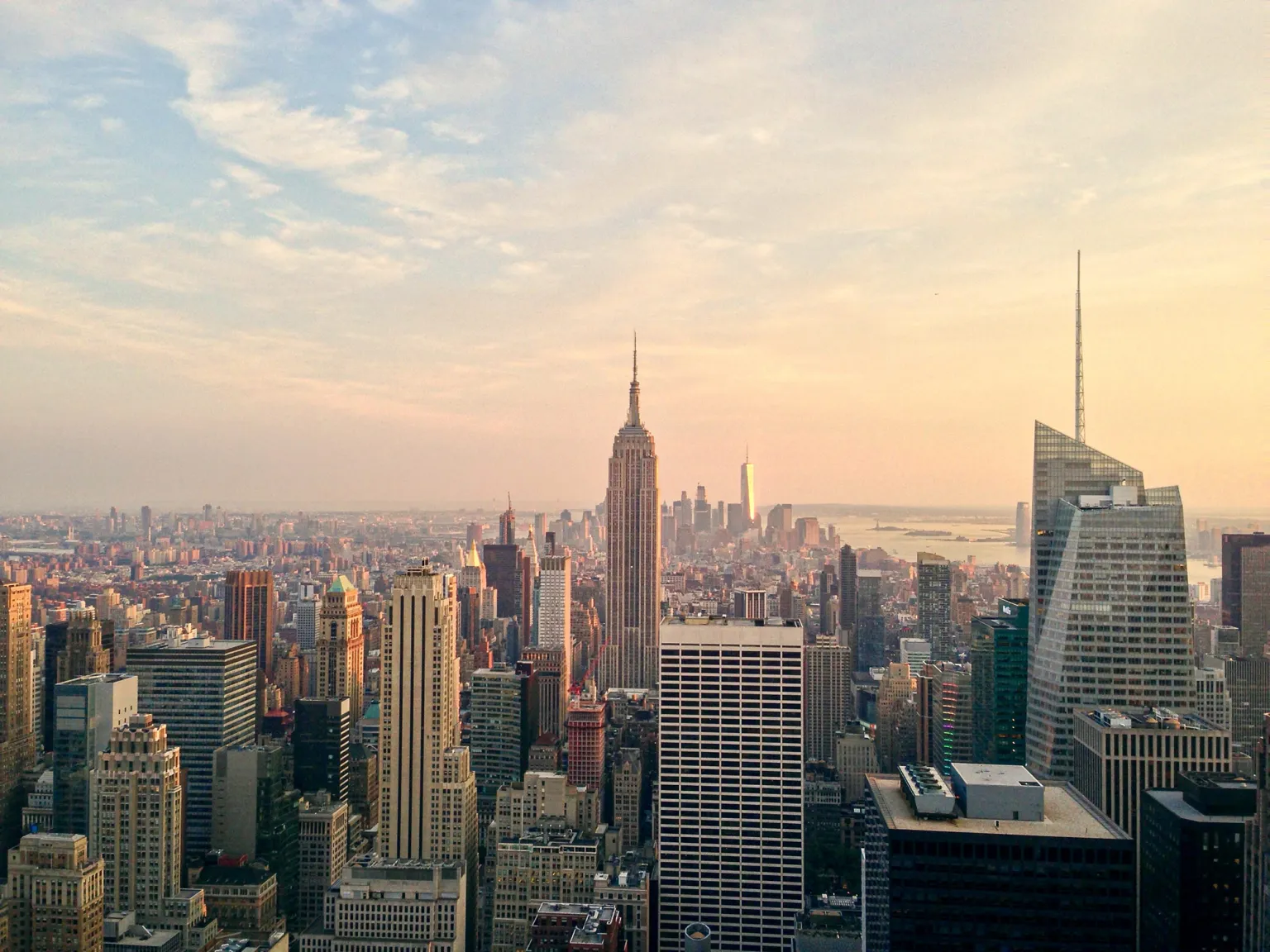
The building also reflects the new “zoning regulation law” introduced in 1916. This law was influenced by the Equitable Life Building, constructed in 1915. The Equitable Life Building became problematic due to its design; it was built at the edge of the pavement, leaving no space around it, which caused congestion in the surrounding area. The issues raised by this building led to the implementation of the law, which imposed specific height and setback distance rules on future buildings.
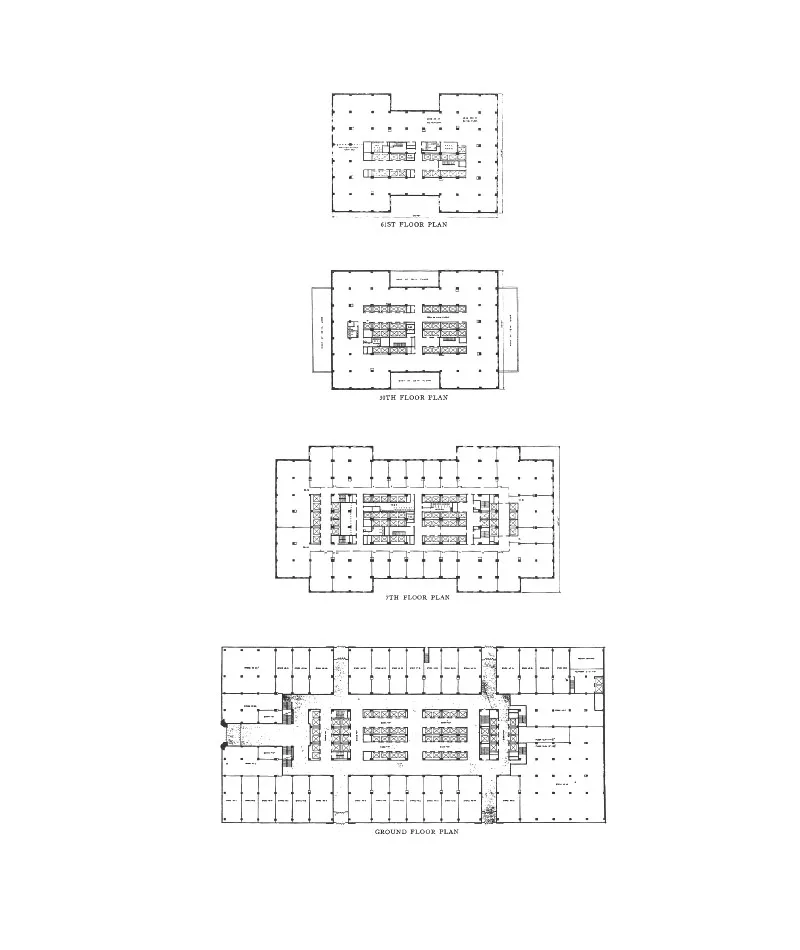
The vision for the Empire State Building was to create an inspirational and exceptionally tall office building. With this goal in mind, construction quickly began on the site previously occupied by the Waldorf-Astoria Hotel. The design focused on maximizing office space, and since the building occupies a large area of Manhattan, architect William Lamb was able to design a base tower with expansive office floors and efficient elevator systems.
The design process began in 1929, and the building was completed in just 20 months, opening in May 1931. Built on granite bedrock in Manhattan, it rests on 210 steel columns and 50,000 beams, supporting a load of 365,000 tons. The structure boasts 102 floors, with the 86th floor serving as a popular observation deck. The exterior is made from 200,000 cubic feet of Indiana limestone and granite, 10 million bricks, and 730 tons of aluminum and stainless steel.

The Empire State Building has led to the proliferation of Art Deco skyscrapers. Art Deco is a modernist style specific to the 20th century, focusing on innovative forms by breaking away from the traditional design concepts of the past. It creates its own unique aesthetic by drawing inspiration from architectural traditions from around the world while playing with modern materials such as steel and sheet glass. According to this definition, the design of this building is considered a masterpiece of Art Deco style; starting with its layout organization, it makes references to the past with a modern attitude.
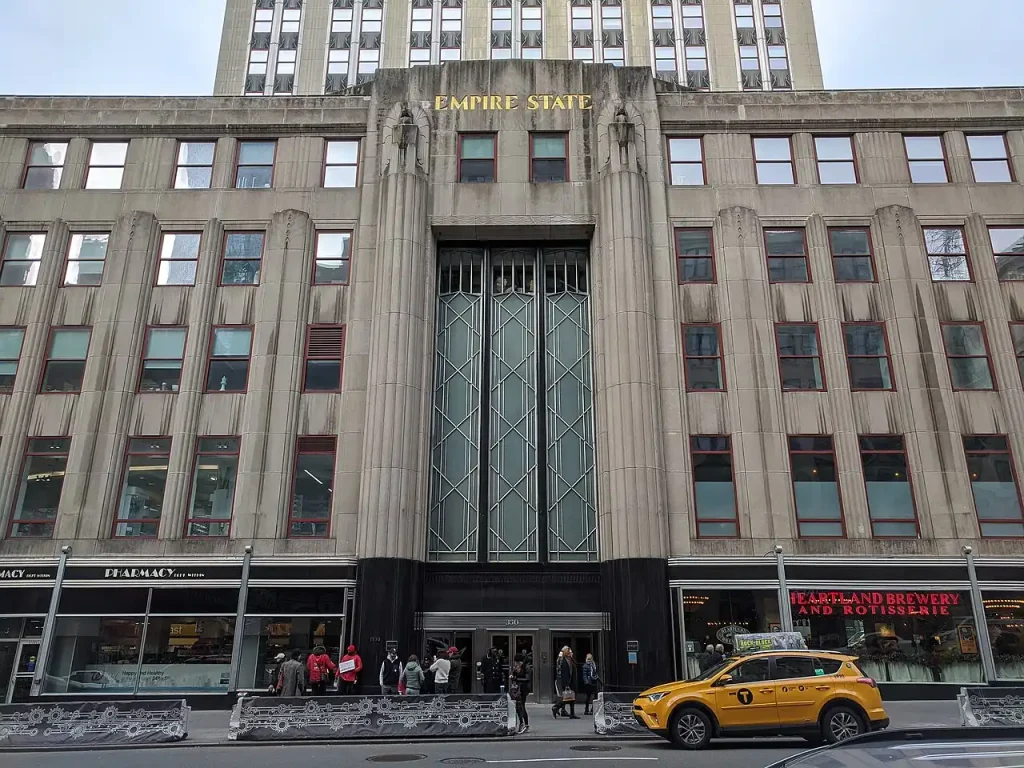
The building’s design tapers as it rises, resembling the pyramids or ziggurats of Mesopotamian civilizations. The materials used on the facade create a connection to the past. While steel and glass represent modern architecture, other materials reflect earlier architectural periods. Additionally, the Empire State Building is considered one of the first of many Art Deco skyscrapers. Following the introduction of the ‘Zoning Regulation Law,’ the building helped to popularize the Art Deco style in skyscrapers.
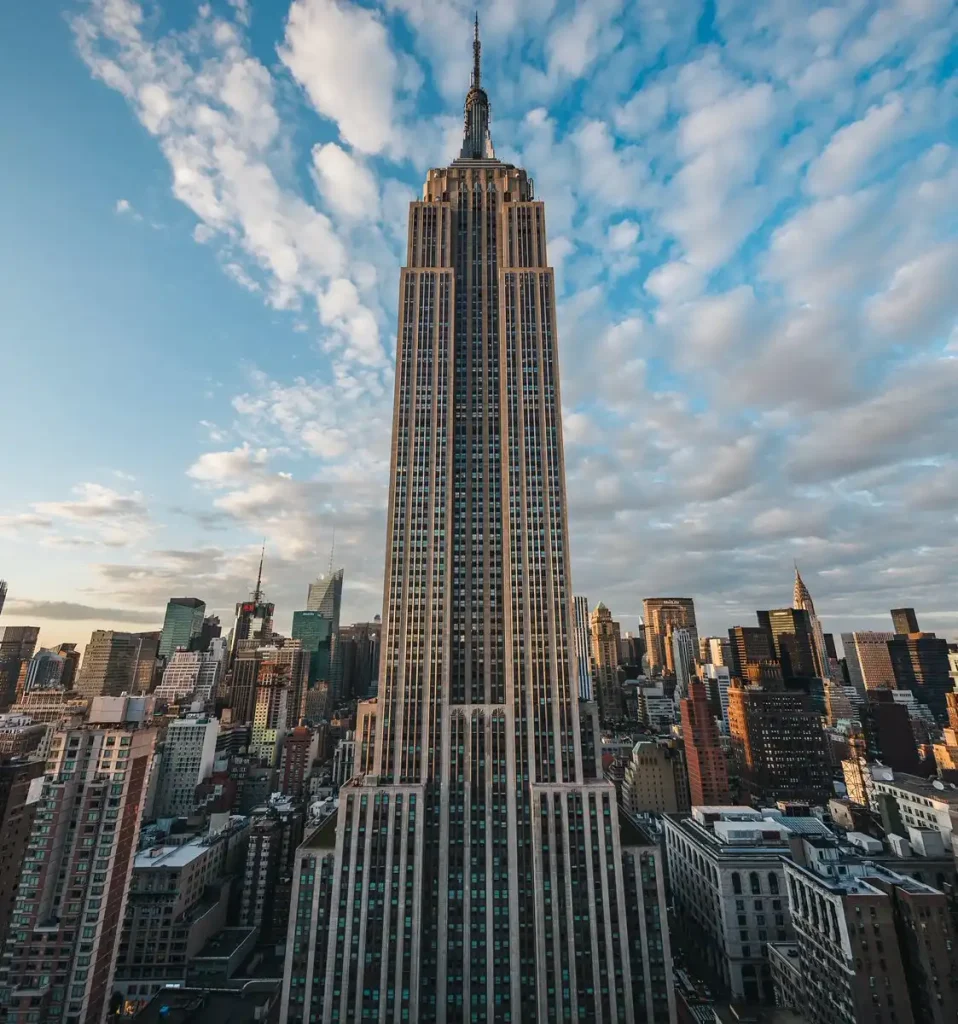
In addition to being the tallest building of its time, the Empire State Building held significant moral importance for the public. During its construction, America was in the midst of the Great Depression, and nearly 3,500 workers contributed to its building, providing much-needed jobs. However, after its completion, the building initially struggled to find tenants and generate profit. It wasn’t until the economic recovery that the Empire State Building became a major commercial hub, employing 15,000 people daily.
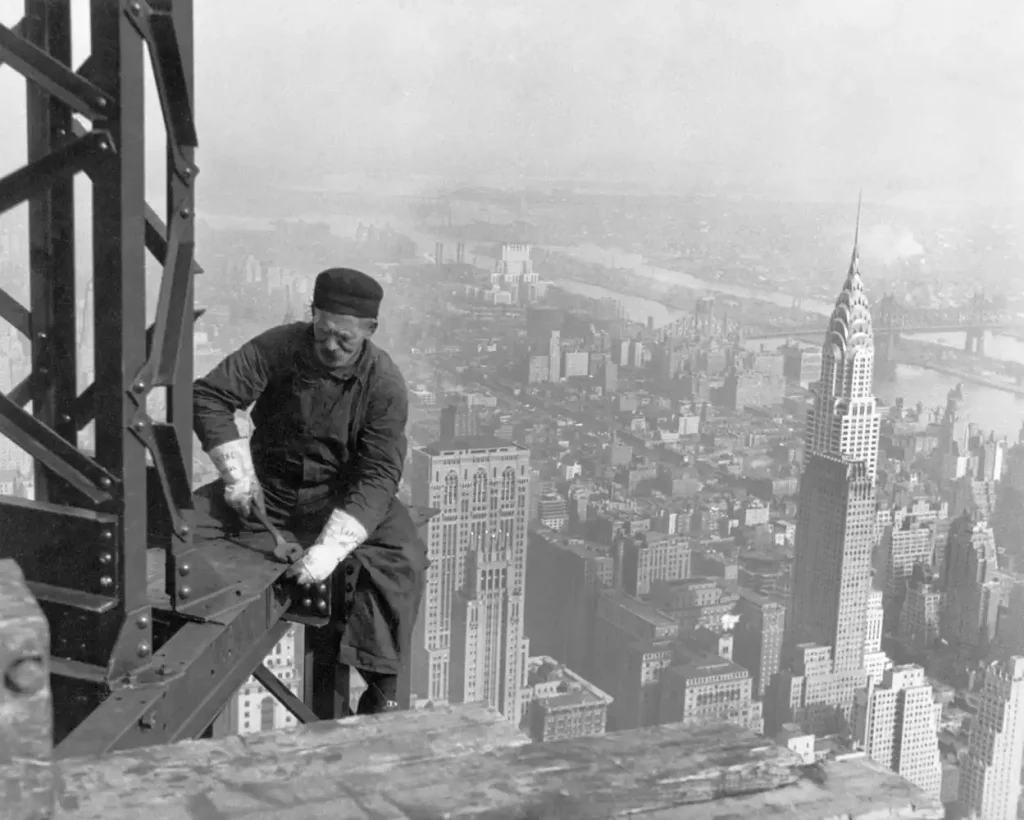
This iconic structure, one of the most recognized in New York and the world, has continuously adapted to changes in its surroundings. Contrary to what might be expected, thanks to renovations in the 21st century, the Empire State Building has become a highly sustainable structure. In 2009, the Empire State Building Comprehensive Renovation Project was launched, aiming to reduce the building’s energy consumption by 40% and cut carbon emissions.
The Empire State Building’s transformation into a more sustainable structure is a prime example of how design and innovation can coexist with environmental responsibility. If you’re interested in exploring how cutting-edge tools like Maya and Grasshopper can be used to optimize sustainable architectural designs, you might want to check out the Parametric Synergy: Maya & Grasshopper for Sustainable Design workshop at PAACADEMY. It’s all about combining organic modeling with procedural analysis to create eco-friendly designs.
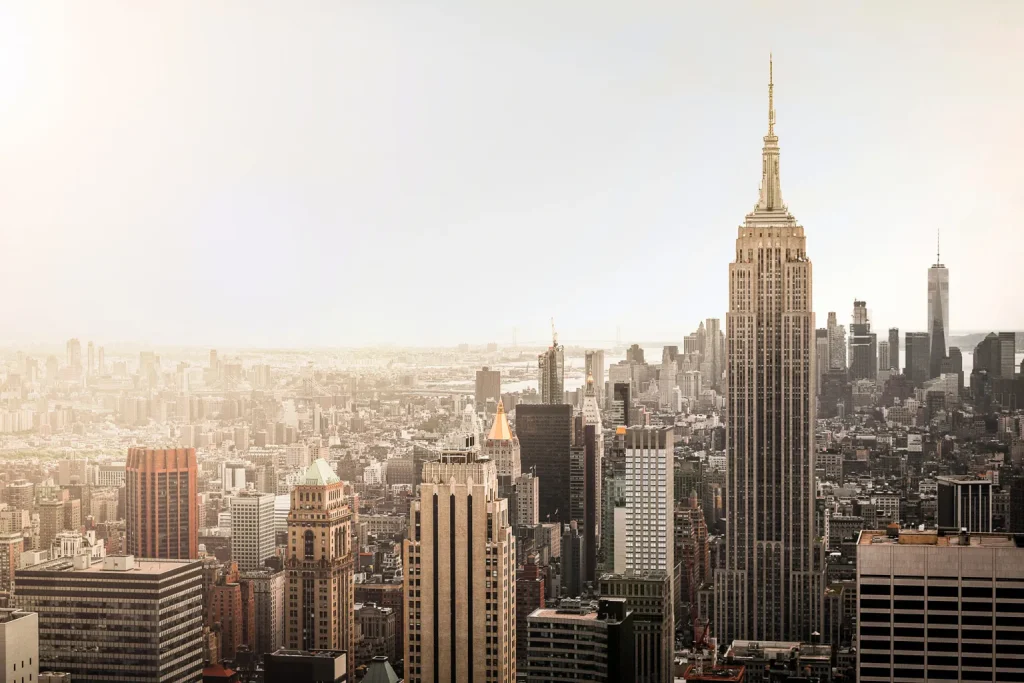
The scope of this project includes: Insulated Windows, heat loss in buildings surrounded by windows is a problem that significantly increases energy consumption, so 6,500 windows throughout the building were developed with a special insulation technology to minimize heat loss. In this way, the temperature balance in the building was maintained and energy consumption was reduced, in addition to this, more energy-efficient heating systems were used for heating.
Another area where unnecessary energy was being spent was the lighting systems, which were upgraded to smart lighting systems. Besides heating, cooling the building during hot weather was also a significant energy-consuming problem; in this regard, the Empire State Building used cooling units that consumed less energy instead of traditional air conditioning methods and achieved a significant reduction in electricity consumption. The Empire State Building started to supply electricity from 100% renewable energy sources for these needs and significantly reduced its carbon footprint as planned.

As a result of this renovation project, the Empire State Building was awarded the LEED Gold certificate in 2011. This certificate is a prestigious environmentally friendly building certificate that shows that the building successfully meets sustainability criteria. The LEED certificate is given by evaluating elements such as energy efficiency, water saving, indoor air quality, and sustainable material use.
At the same time, the sustainability-focused transformation of the Empire State Building has not only been designed within the building but also has an effect on its surroundings. Due to its location, it now has a bicycle-friendly stance, encouraging more environmentally friendly transportation options for employees and visitors. The central location of the building supports this by providing easy access to public transportation and stands out as a factor that reduces carbon emissions.

With all these developments, the Empire State Building has become an exemplary project that shows how historical heritage and environmental responsibility can be carried out together beyond being just a skyscraper. This transformation has also become a model and source of inspiration for other historical buildings around the world.
Today, sustainability includes not only making new sustainable buildings and designs but also determining how the existing building stock can be more eco-friendly. The transformation of the Empire State Building is considered one of the striking examples of how historical structures and sustainability can coexist in future projects.
















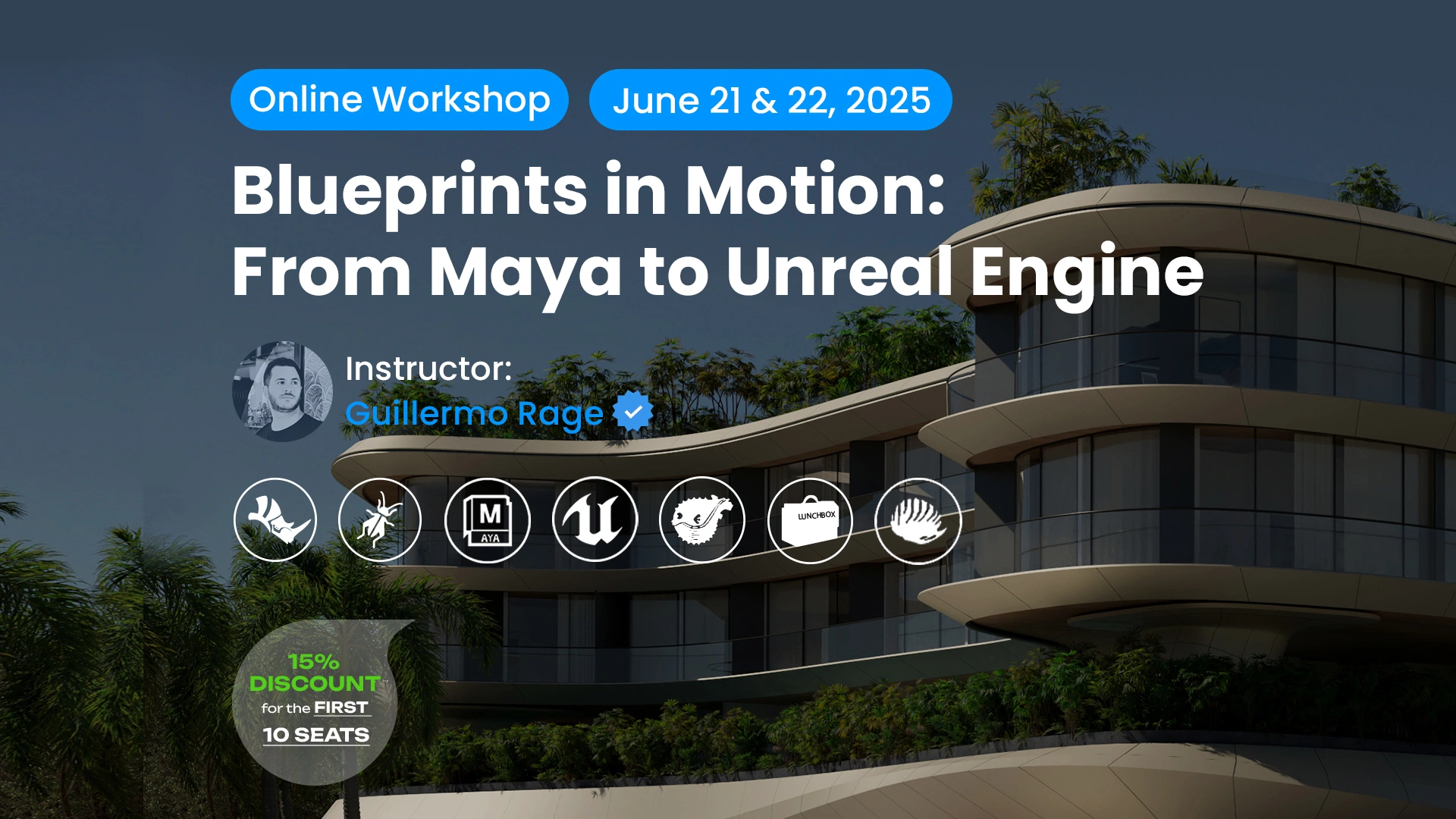












Leave a comment